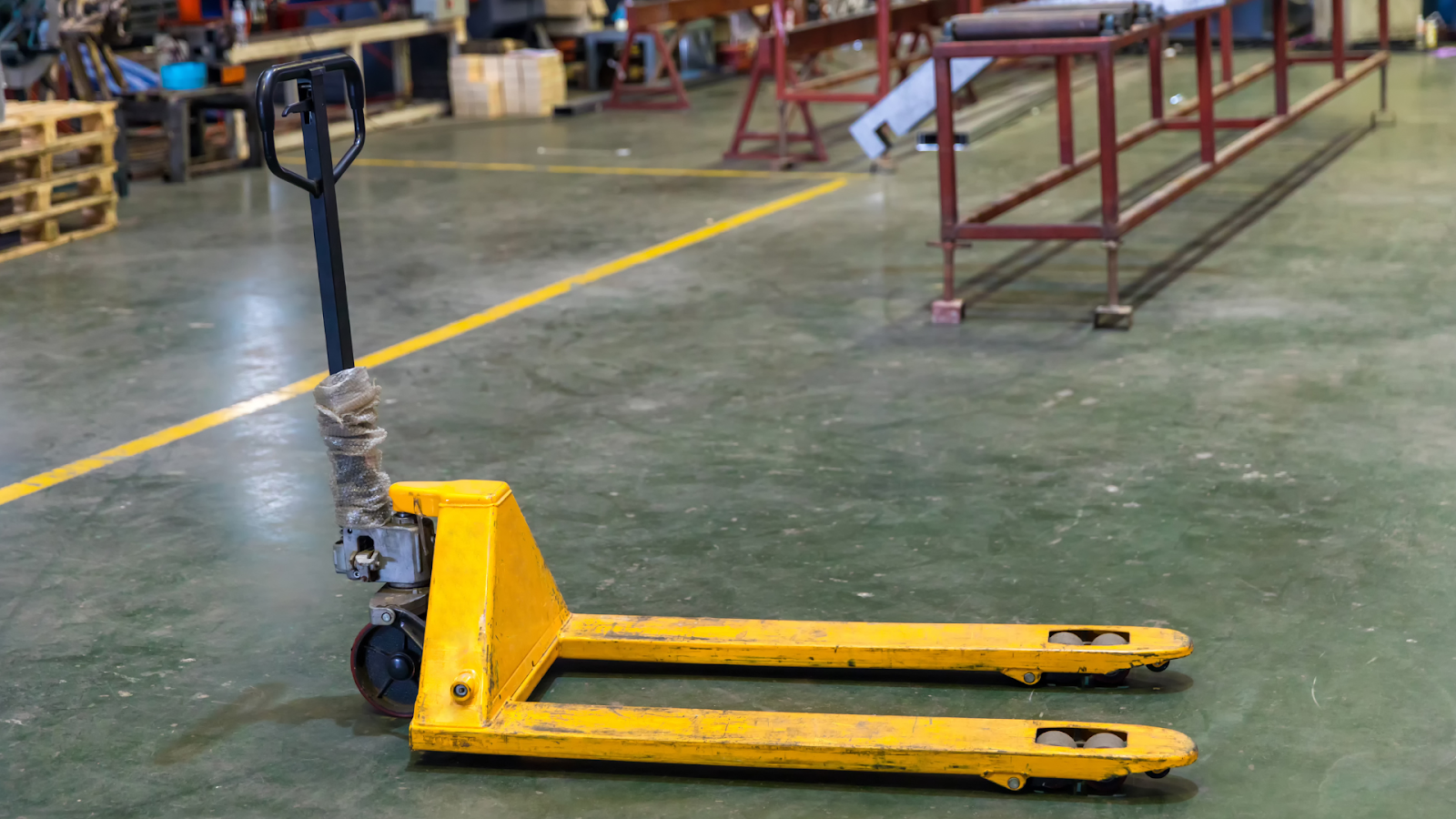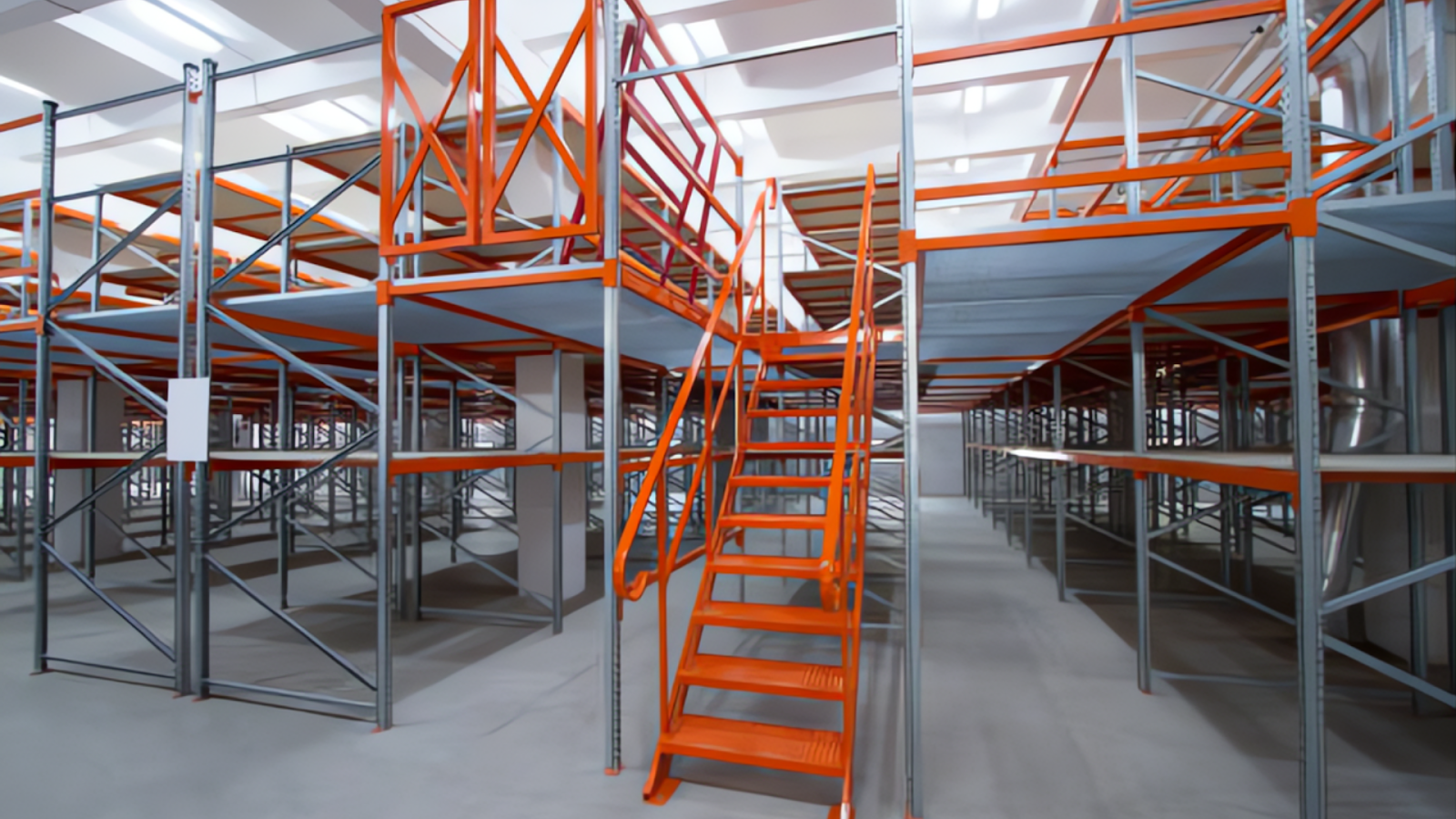When designing or reconfiguring a warehouse, one of the most important (and often overlooked) factors is aisle width. The space you allocate between racking systems doesn’t just impact storage capacity—it also affects safety, efficiency, and overall operational costs.
At Source Equipment, we help clients balance storage density with accessibility, ensuring their layout is safe and functional for the long term. Here’s what you need to know about aisle width and how to choose the right configuration for your facility.
Why Aisle Width Matters
Aisle width is more than just a measurement—it determines:
- How safely forklifts and pallet jacks can operate
- How quickly products can be picked and moved
- How much storage capacity you can fit into your warehouse
- Whether your facility is OSHA-compliant
Too narrow, and you risk accidents and inefficiencies. Too wide, and you waste valuable space.
Standard Aisle Widths
Wide Aisles (Conventional)
- Width: 12–14 feet
- Best for: Standard counterbalance forklifts
- Pros: Safer turns, fast access, flexible handling
- Cons: Consumes more floor space, lower storage density
Narrow Aisles (NA)
- Width: 8.5–10.5 feet
- Best for: Reach trucks and specialized forklifts
- Pros: Higher storage density than wide aisles
- Cons: Requires specialized equipment and operator training
Very Narrow Aisles (VNA)
- Width: 5.5–7 feet
- Best for: Turret trucks and automated systems
- Pros: Maximum storage density
- Cons: High equipment investment, less flexibility
Factors That Impact Aisle Width Choice
- Equipment Type: Standard forklifts require wider aisles than reach trucks or turret trucks.
- Inventory Profile: Heavier, bulkier pallets need more clearance than lighter or smaller items.
- Throughput Requirements: If speed is more important than density, wider aisles may be better.
- Future Growth: Consider scalability—changing aisle widths later is costly and disruptive.
Balancing Safety and Efficiency
OSHA requires warehouses to provide sufficient clearance for safe forklift operation and pedestrian movement. Beyond compliance, wider aisles improve visibility and reduce collision risks, while narrower aisles maximize storage but require strict safety protocols.
How Source Equipment Can Help
Designing aisle widths isn’t a one-size-fits-all decision. At Source Equipment, we:
- Assess your inventory, workflow, and equipment needs
- Provide racking and shelving systems that fit your layout
- Help you balance density with accessibility and safety
- Plan for future scalability with modular solutions
📍 Whether you’re planning a new buildout or optimizing your current space, we’ll help you find the right aisle width for maximum performance. Learn more at www.sourceequipment.com.



